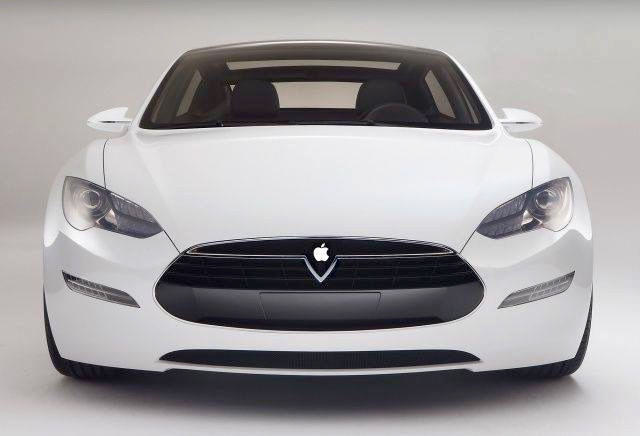When talking about The Walt Disney Company, most people will immediately think of their iconic characters and popular movies. Meanwhile, probably nobody expects them to come up with new technologies and innovative specifications for the tech industry. However, these thoughts turned out to be deluding. Even though founded in 1923 and focusing on the entertainment industry, Walt Disney has actually always been an innovative company when it comes to new technologies: such as with their animated movies (Walt Disney, 2017). Now once again, this perception has been surpassed by recent news of the company’s internal developments of a new blockchain platform: Dragonchain.
Back in 2014, Disney started with an internal project to develop a secure asset management system. However, they decided to drop the project in 2016 to turn it into open source. Just as the technology behind cryptocurrencies such as Bitcoin and Ethereum, Dragonchain is a digital ledger based on algorithms that documents all transactions being made. Since every blockchain contains a complete history of all transactions, it is very difficult to modify these and commit fraud. Without going too much into detail considering the techniques itself, it is commonly believed that blockchain will become an entirely new infrastructural layer of the internet. A practical application of this technology will be by completely replacing intermediaries in traditional payment systems, such as in the financial or real estate industry (Peterson, 2017).
Despite its disruptive potential, a lot of especially less tech-savvy companies, find it hard to understand the practical implications of blockchain. This is where Dragonchain comes in. Since it is available for open source, it is easier for companies to build what they want on top of the Dragonchain blockchain, without making high investments. On top of that, Dragonchain is designed to be even more private than Ethereum. This because it is a hybrid, meaning that some information is private, and some is public. Having some of the data public is crucial to make the technology watertight against potential fraud. This because the data of each transaction has to be spread across a decentralized network to authenticate its validity (Ghosh et al., 2016). However, with existing public technologies it is very costly and time-consuming to realize such levels of security. With Dragonchain the encryption is built in, which is why it does not require companies to leave sensitive data open to network, or to hire expensive engineers to build it for them (Peterson, 2017).
Although promising, Dragonchain still needs a lot of funding to realize its ambition to be easily accessible on the commercial market. The first implementations are highly successful, but with their recent ICO (Initial Coin Offer) they expect to raise extra funds in order to be even more open to the rest of the world (PR Newswire, 2017).
Ghosh, R., Haider, K., & Kim, P. (2016). Bitcoin or Ethereum? The Million Dollar Question. Baltimore: Johns Hopkins Carey Business School.
Peterson, B. (2017, October 1). Disney built a blockchain, and now its creators are trying to turn it into a commercial platform to compete with Ethereum. Opgehaald van Business Insider : https://www.businessinsider.nl/disney-blockchain-creators-build-commercial-platform-on-dragonchain-with-ico-2017-9/?international=true&r=US
PR Newswire. (2017, October 2). Dragonchain™, Originally Developed at Disney, Opens Limited Supply Initial Coin Offering (ICO). Opgehaald van PR Newswire: http://www.prnewswire.com/news-releases/dragonchain-originally-developed-at-disney-opens-limited-supply-initial-coin-offering-ico-300529074.html
Walt Disney . (2017). Technology innovations. Walt Disney Animation Studios: https://www.disneyanimation.com/technology/innovations


